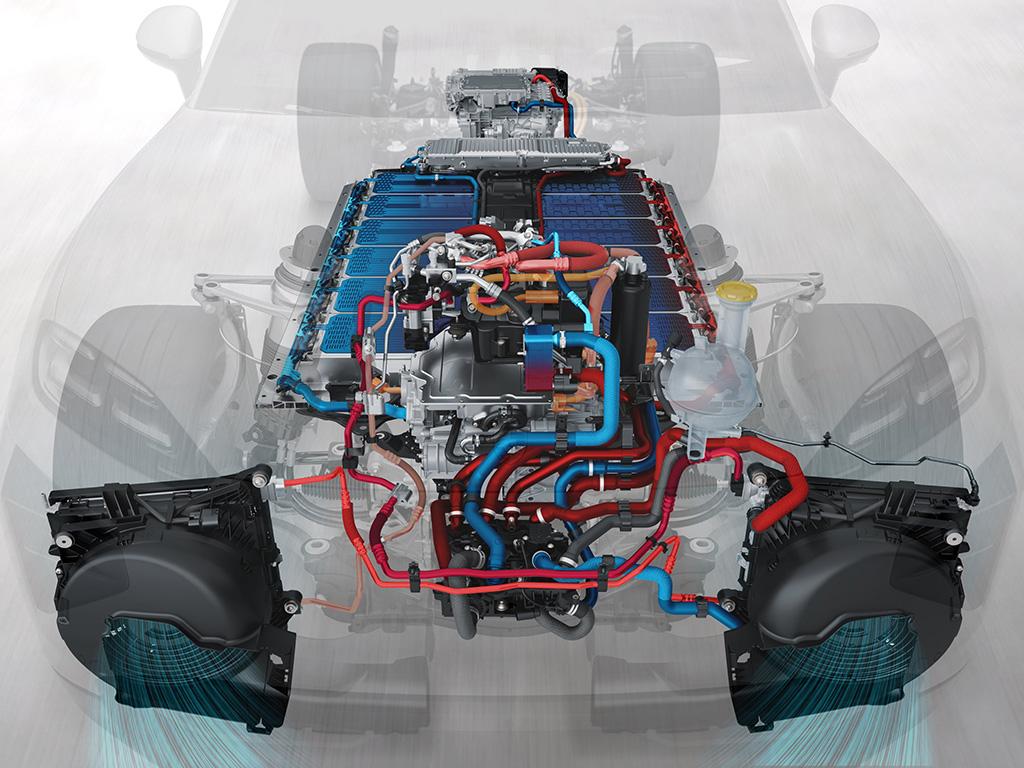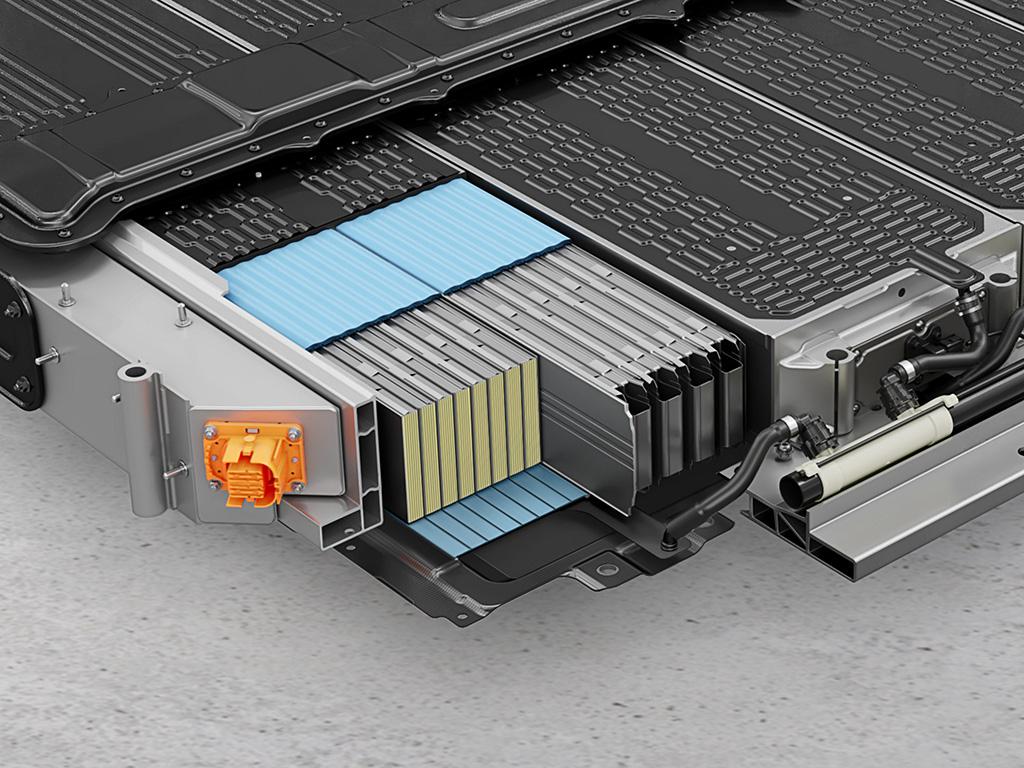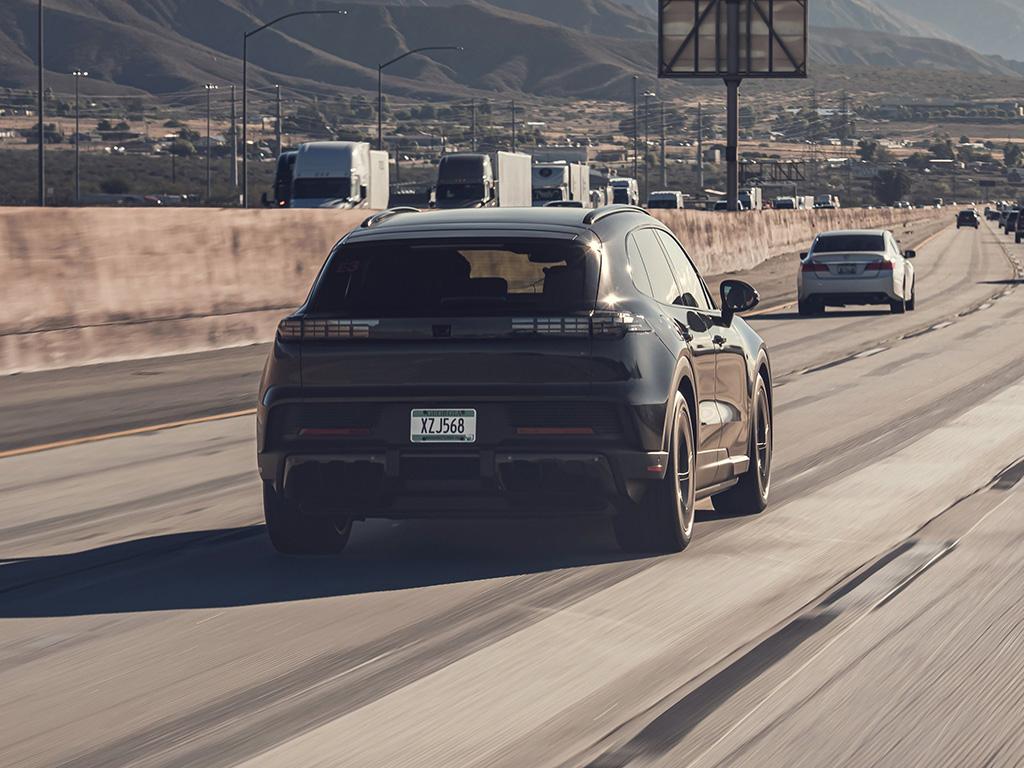Porsche has announced key battery details for the 2026 Cayenne Electric ahead of the all-new large luxury SUV’s official unveiling later this year, and the headline news is more than 563km of range – and wireless battery recharging.
The radical new interior of the Cayenne Electric, which is due to arrive in Australia in 2026, was shown in September and Porsche says the first battery-powered Cayenne’s European launch will take place “in a few weeks”.
It’s already been the subject of a slow-release reveal campaign, including a camouflaged Cayenne Electric prototype setting a British track record at the famous Shelsley Walsh hill climb in July, largely revealing its exterior design.
Based on the 800-volt Porsche Premium Electric (PPE) architecture – also used for the smaller Porsche Macan Electric launched in 2024 – the fourth-generation Cayenne has now been confirmed to come with a large-capacity 113kWh lithium-ion battery pack.
CarExpert can save you thousands on a new car. Click here to get a great deal.

This compares to an 111kWh lithium-ion battery in the Polestar 3 large SUV, which offered the longest range of any EV in Australia (706km WLTP) until earlier this month with the arrival of the updated Tesla Model 3, which offers up to 750km from an as-yet-unspecified battery size.
The Cayenne Electric’s battery is also larger than the 100kWh pack in the Macan Electric, which is already in local showrooms, was recently unveiled in hot GTS spec for Australia, and has a maximum range of 556km.
Porsche claims the new Cayenne will deliver “more than 563km”, which was achieved in media tests driving at 113km/h or below, and says its battery will have a maximum DC fast-charging speed of 400kW – more than any public charger currently available in Australia – thanks to a silicon anode and the car’s 800V electrical architecture.
When charging at 400kW, it says the battery can take a 10-80 per cent charge in as little as 16 minutes, and that the charging rate consistently remains between 350-400kW up to about 50 per cent SoC.

Porsche also says the pack can be recharged wirelessly at speeds of up to 11kW, via an inductive floorplate charger it calls the Porsche Wireless Charging (PWC) system, which is yet to be confirmed for Australia.
In vehicles fitted with the PWC, the Cayenne Electric automatically senses the plate below the vehicle to start charging, which can be monitored by the My Porsche app.
Porsche says the wireless system is up to 90 per cent as efficient as wired AC charging.
The battery also brings smarter packaging as a structural component of the Cayenne Electric, with aluminium helping rigidity and enabling a lower centre of gravity for improved driving dynamics.

It incorporates 192 pouch-type cells in a more efficient internal structure, equating to 12 per cent more cells in the the same area as the Porsche Taycan’s battery, with 86 per cent nickel content claimed to improve density.
Designed to automatically keep the battery pack at its optimum operating temperature, a cooling system named Predictive Thermal Management constantly monitors the Cayenne’s power pack.
As part of its battery cooling protocol, it takes into account driving style, topography, and even upcoming requirements based on sat-nav inputs and traffic flow.
Unlike the Macan Electric, which replaced the petrol-powered model, the Cayenne Electric will be sold alongside the existing combustion-powered third-generation Cayenne in local Porsche showrooms, where it’s expected to arrive around mid-2026.

